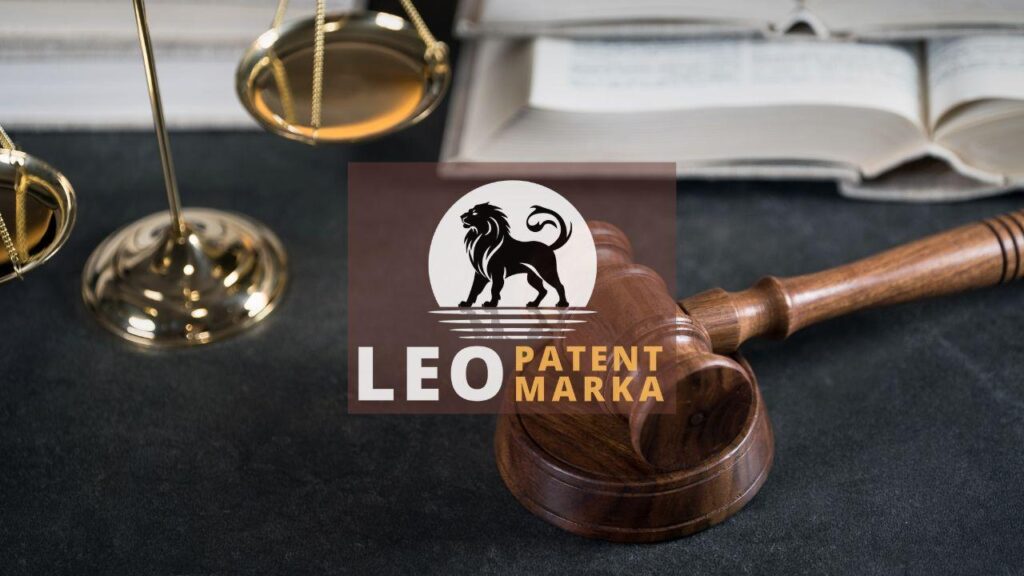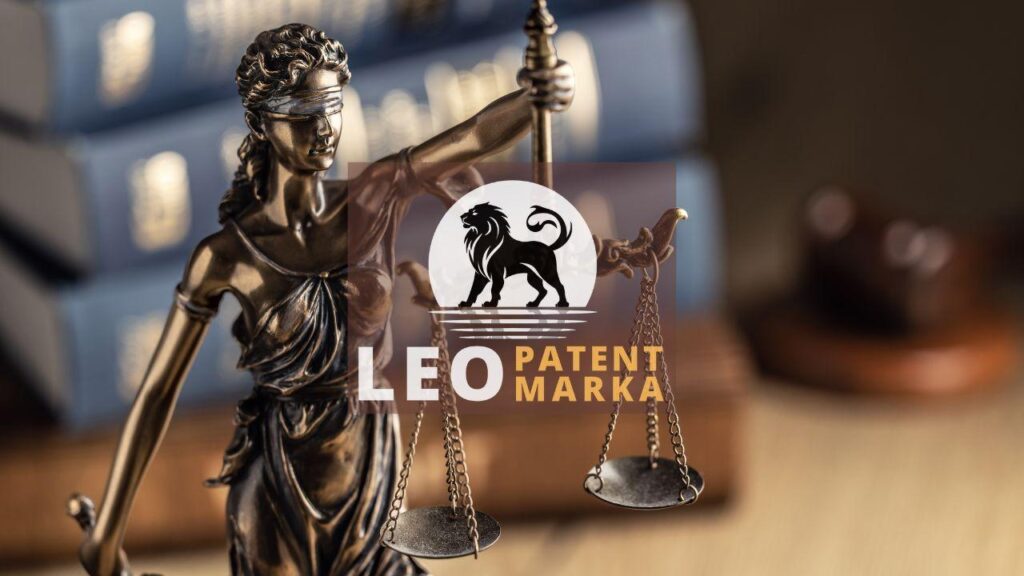Intellectual property fashion is a key topic in today’s vibrant style sector. Have you ever wondered how your favorite brand keeps its designs protected from copycats? In the bustling world of fashion, safeguarding creativity is essential. Fashion trademarks, for instance, shield brand names and logos, ensuring they remain unique. Imagine the chaos without them! Design copyright plays a similar role, offering creators rights over their innovative patterns and motifs. On the other hand, fashion patent protection covers new inventions in textile or fabric technology, making sure no one else capitalizes on a cutting-edge idea. These laws form the backbone of fashion industry law, ensuring justice and fairness in a highly competitive market. Missing out on intellectual property protection can lead to disputes and financial loss. Understanding these aspects is crucial for designers and brands aiming for success. Ultimately, it’s about crafting a sustainable future while maintaining an edge.
Navigating Copyrights and Trademarks in Fashion
In the glittering realm of fashion, navigating copyrights and trademarks can feel like an art form itself. Intellectual property fashion isn’t just about legal jargon; it’s a fashionista’s safety net. Fashion trademarks protect the essence of a brand, a visual signature that promises authenticity. Picture a world where luxury logos swing freely in counterfeit markets—chaos! Design copyright steps in to safeguard the artistic flair of patterns and designs, granting designers peace of mind to innovate. Meanwhile, fashion patent protection ensures that groundbreaking fabric technologies or unique stitching techniques remain exclusive. Each of these layers forms a seamless weave of fashion industry law. This legal tapestry not only fosters creativity but also secures fair play in a whirl of trends and style wars. Understanding these rights doesn’t just ward off copycats; it propels designers toward a bold, creative future.
Intellectual property fashion is more than just a shield; it’s a beacon guiding brands through turbulent waters. Understanding fashion trademarks and design copyright is crucial for any label desiring to stand on solid legal ground. Think of trademark as the block letters on a storefront, distinguishing one’s offerings from look-alikes. Design copyright, meanwhile, bestows legal armor on trendy designs, preserving the spark of innovation. Fashion patent protection offers another layer, safeguarding innovations like smart textiles or eco-friendly dyes, a testament to constant evolution. Together, these elements underpin fashion industry law, creating a stage where creativity and commerce dance in harmony. Without these protections, designers risk losing their identities to the shadows of imitation. It’s like leaving the front door open; why allow unchecked access? Knowing the ropes in this complex world isn’t just smart—it’s essential for thriving among today’s style connoisseurs.
Navigating copyrights and trademarks in fashion goes beyond mere legalities; it’s akin to mastering a complex symphony where each note must align perfectly. Intellectual property fashion offers a canvas for brands to paint a future, one that respects individuality and originality. Fashion trademarks create a distinct identity, much like a signature scent that lingers long after the wearer has passed. Meanwhile, design copyright acts as an unseen shield, protecting creators from imitation and encouraging free-flowing creativity. Fashion patent protection, on the other hand, is the secret ingredient that keeps innovations like temperature-regulating fabrics secure from prying eyes. These pillars of fashion industry law aren’t static; they evolve, safeguarding the ethos of creativity in an ever-shifting landscape. Ignoring these protections is like sailing without a compass, leaving brands vulnerable to stormy seas of plagiarism. In this intricate web, being informed ensures a journey towards success and the celebration of truly unique designs.
The Impact of Counterfeiting on Brand Integrity
Counterfeiting poses a significant threat to brand integrity within the fashion sector. Imagine walking down the street and spotting a reputed brand’s logo on a cheaply made handbag. This is a common scene in an age where access to intellectual property fashion strategies is crucial. Counterfeits undermine fashion trademarks and chip away at consumer trust, affecting sales and the brand’s reputation. The fast-paced world of fashion industry law is often embroiled in battles against these counterfeit products. Designs deserve protection through design copyright, ensuring that the original creators maintain control over their works. Likewise, fashion patent protection safeguards innovations in textiles from being replicated unlawfully. Counterfeiting isn’t just a dent in profits; it’s a direct strike to the authenticity and reliability of a brand. In combating these challenges, fashion companies strive to retain their integrity and competitive edge in a crowded and evolving market.
Beyond merely affecting sales, counterfeiting erodes the very essence that fashion brands tirelessly build. Intellectual property fashion policies strive to fortify this foundation. Consider how fashion trademarks are the beacon of authenticity; they promise consumers quality and creativity. When an imitation floods the market, the charm that accompanies a genuine article wanes. Design copyright serves as an anchor for artistic legitimacy, ensuring designers’ visions don’t get tangled in a web of deceit. Meanwhile, fashion patent protection stands as both a shield and sword, protecting inventive strides in fabric technology from duplication. The persistent drumbeat of counterfeit goods demands a robust response, and fashion industry law seeks to tune it out for good. Without these safeguards, a brand risks losing its unique voice in a crowded choir, turning harmonious growth into discord. Thus, brands must channel unwavering commitment to preserve their legacy against this tide of imitation.
Counterfeiting subtly chips away at brand integrity, creating ripples through the fabric of intellectual property fashion. Picture a masterpiece tarnished by a mere replication; that’s what brands face when fake goods mimic their identities. Fashion trademarks lose their vibrancy when exposed to such dilution, as the trust woven into every stitch gets unraveled. Design copyright becomes a battlecry for originality, defending designers’ work from being reshaped into dull copies. With fashion patent protection, innovators fight against a tide of imitation that tries to drown genuine breakthroughs. Each counterfeit item is a reminder of the real threat to the craft and dedication that define authentic labels. Fashion industry law continuously evolves to outmaneuver these adversities, setting a stage where genuine artistry can shine brightly. Thus, for brands, protecting their names isn’t just business; it’s a crusade to uphold their true essence in the face of an imposing shadow.
Emerging Legal Trends in Fashion IP Protection
In recent years, the rapidly changing landscape of intellectual property fashion has seen a surge in innovative legal strategies to protect creativity. Fashion trademarks have adapted to cover more than just logos and brand names, extending into the realm of digital platforms and social media. Design copyright, once confined to physical designs, now embraces virtual patterns and motifs, reflecting a more dynamic approach to protection. On the forefront of advancement, fashion patent protection is expanding with the rise of wearable technology and smart fabrics. As these trends evolve, fashion industry law has had to rethink its definitions, offering a shield not just for traditional designs, but also for the novel technologies that are revolutionizing the sector. Designers who fail to stay ahead in this legal game risk falling behind, emphasizing the need for astute awareness in navigating these emerging trends.
The future of intellectual property fashion lies in embracing new technologies and creative legal mechanisms. The rise of 3D printing and artificial intelligence demands vigilant fashion trademarks to maintain brand differentiation on digital and physical fronts. Simultaneously, design copyright is evolving beyond static patterns to protect dynamic, interactive designs flourishing in digital spaces. Not to be left behind, fashion patent protection is increasingly vital as smart technology becomes woven into fabric innovation, ensuring these breakthroughs are shielded from unauthorized replication. Within fashion industry law, these advancements are reshaping the landscape, compelling industry players to rethink traditional protection strategies. As the digital realm expands, the frontier for such protections grows too. Navigating this terrain requires a keen eye and forward-thinking approach, or the risk of losing competitive ground becomes a daunting reality. The era of innovative IP protection in fashion is here, demanding proactive engagement from all stakeholders.
Emerging legal trends in fashion IP protection show a pressing need for strategic foresight and agility. Intellectual property fashion is swiftly adapting, where fashion trademarks now safeguard against digital impersonation and unauthorized online use. Concurrently, as designers push creative boundaries, design copyright is extending its guard over new realms like augmented reality fashion shows, ensuring exclusive rights to these innovations. Meanwhile, fashion patent protection continues to evolve, especially with the integration of biometric fabrics and eco-friendly textile technologies, paving the way for sustainable advancements in fashion. The trend within fashion industry law leans heavily on reshaping established norms to accommodate these pioneering developments. Businesses must not only stay vigilant but proactively engage with these shifts; the cost of ignorance could be high, leaving them vulnerable in this fast-paced arena. The fusion of traditional craftsmanship with cutting-edge tech calls for robust, adaptable IP strategies that secure innovation and brand integrity alike.
Disclaimer: This article is for general information purposes only and it is recommended that you consult experts and companies in that field to evaluate your specific situation. We are not responsible for any damage that may arise from the use of the information in this article.







